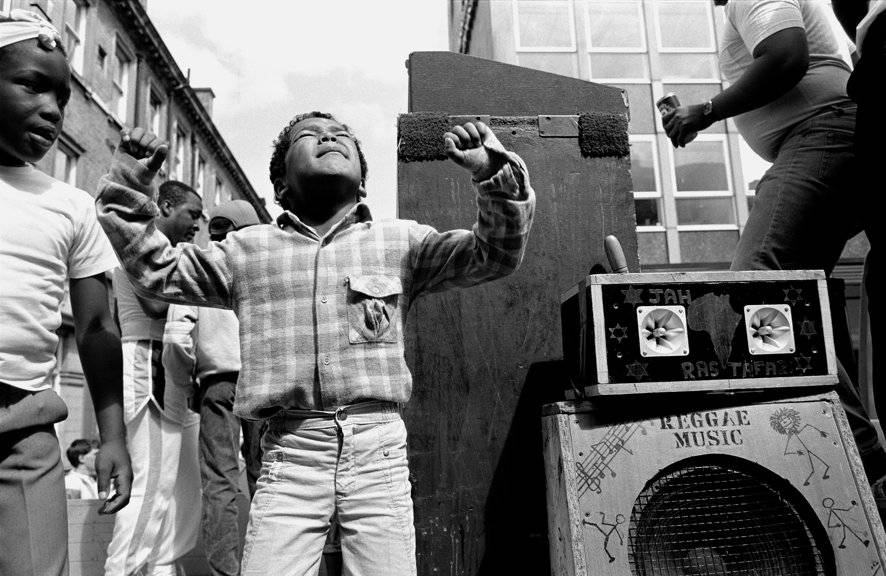A Brief History of Sound Systems
Large, loud, powerful and designed to be completely mobile, the Sound System is an integral symbol of Jamaican cultural history. Sound Systems are credited with popularising the rhythms that gave rise to ska, rocksteady, reggae and dub music. Similar to the Boombox, the aesthetic qualities seem a long way from the subtlety and elegance of the many outdoor audio devices that modern users enjoy now. Sound Systems were, and still are, bass-heavy. Volume is prioritised, in order to be the loudest in the neighbourhood and drown out any competing sound. Visually, Sound Systems demand a lot of space. Handmade speakers are stacked up to twelve feet high, and tend to be just as wide. The innovation of the Sound System represents a critical moment in the history of Outdoor Audio.

The Origins of The Sound System
The phenomenon of the Sound System is firmly rooted in 1950s Kingston, Jamaica. Huge speakers, generators, amplifiers and turntables were loaded into the back of a van and transported to any neighbourhood corner to provide the soundtrack to a street party. In Musicology: The History of Sound Clash Culture, Jessica Over explains how few people could afford to buy their own records or radios. Sound Systems became the main way that people accessed new music. As one of the only avenues through which new sounds reached a wider audience, Sound Systems were greatly influential in shaping new musical movements.


Sound Systems are differentiated from a regular DJ setup by the ethos of collaboration. The team behind each Sound System comprises of a Selector – who chooses which records to play, the Mic man – who talks over the records, the Technician – who fixes all equipment, as well as a collective of helpers known as ‘Box Boys’ who carry and pile up the speakers.

The Growth of The Sound System
The first Sound System to have become well-known is widely believed to have been ‘Tom The Great Sebastian’. Owned by hardware store worker Tom Wong, the success of this setup inspired others to create their own imitations. With more and more groups creating their own Sound Systems, it was only natural for a spirit of competition to begin to emerge. The concept of a musical Sound Clash was soon born. This was an informal rivalry where competing Sound Systems would alternate to play their chosen records. The crowd would crown one Sound System victorious based on their musical mixes. The concept of the Sound Clash remains an important part of reggae culture today.
Modern Times Sound Systems
With mass migration from the Commonwealth countries to the UK during the 1950s & 1960s, Sound System culture arrived from Jamaica. For many Jamaicans, British pubs and clubs proved to be hostile environments. The mainstream radio stations weren’t playing their music. There was, therefore, a pressing need for these West Indian communities to carve their own social spaces for entertainment. An underground network of Sound System parties soon emerged. Shared via word-of-mouth, mobile Sound Systems in makeshift venues offered a place for migrant communities to congregate and share the popular sounds from back home. The introduction of Sound Systems to Notting Hill Carnival in 1973 elevated Sound Systems from London’s underground scene to nationwide popularity. Sound System culture is still as vibrant today, embraced by many musical genres and enjoyed by diverse audiences. In the UK and beyond, collectives continue to stack up their homemade speakers and transport their sounds to street parties. As a cultural phenomenon, the Sound System has undeniably influenced and shaped countless shades of new music.

